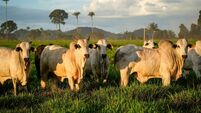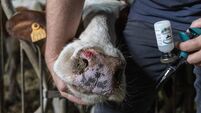Reprieve on milk superlevy — for now
However, ambition and nature combined over the past year, and rising cow numbers and reasonable weather sent milk production well ahead of EU quota limits.
In Glanbia, our biggest dairy co-op, including the Premier liquid milk division, suppliers had delivered about 42m litres in excess when the quota year finished on March 31. Because they didn’t take sufficient action to haul back milk production, they faced a €12m superlevy fine, or about €4,600 per supplier on average — unless luck was on their side.










